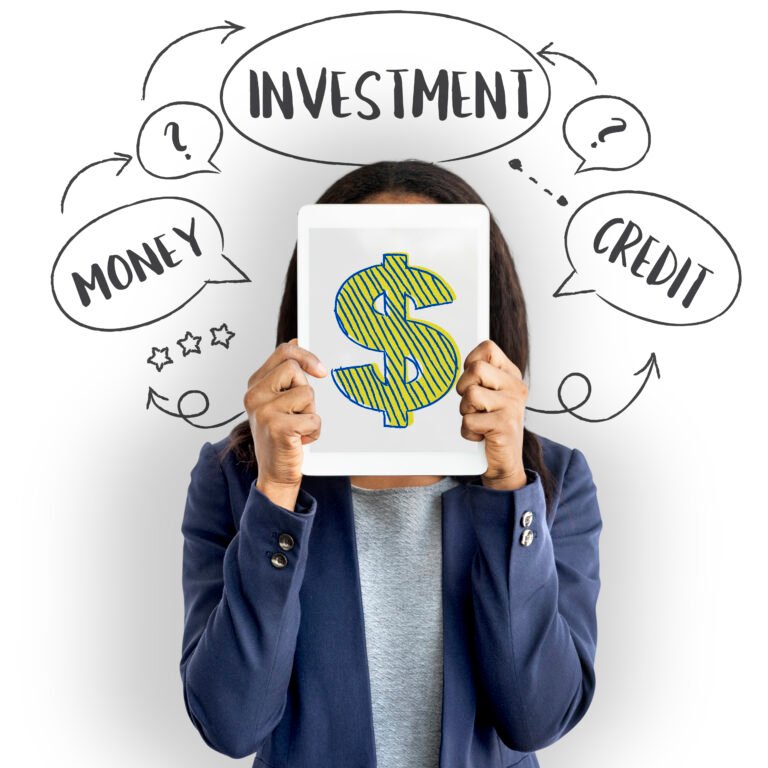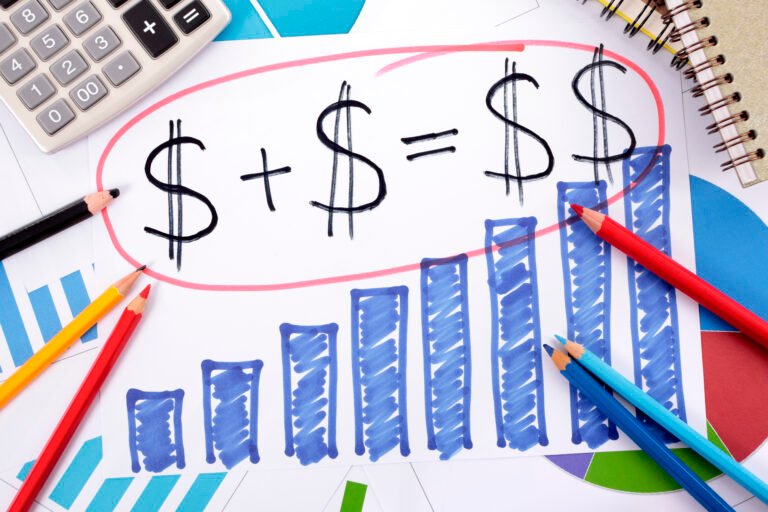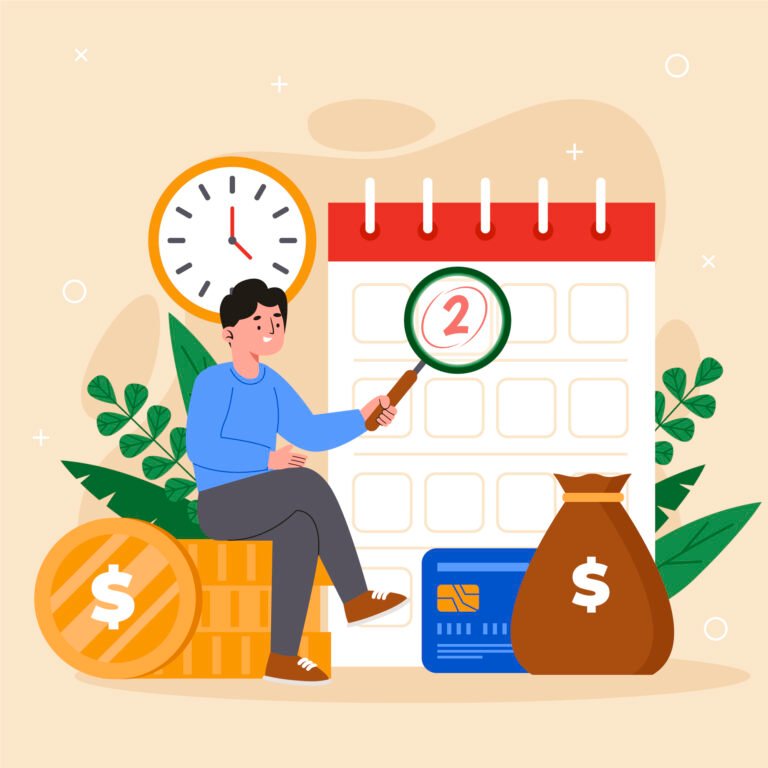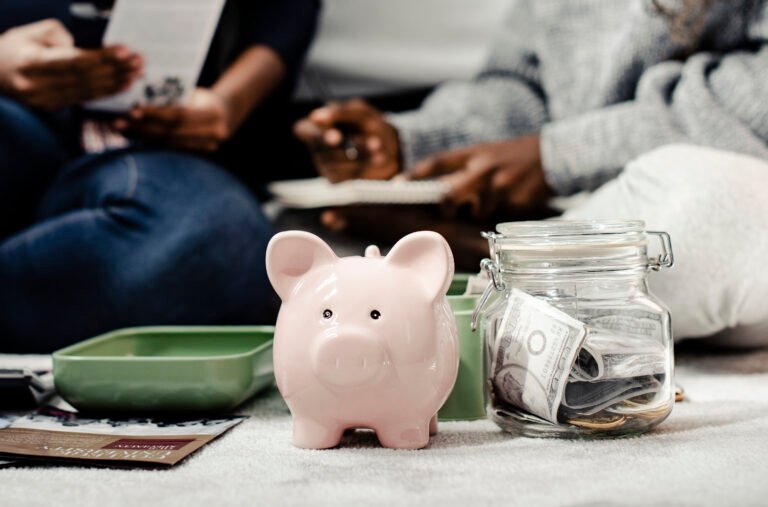The Hidden Truth About Car Prices
Car shopping can feel like entering a maze—especially when the price on the window isn’t what you end up paying. To avoid overpaying by thousands, it’s critical to understand how car pricing actually works.
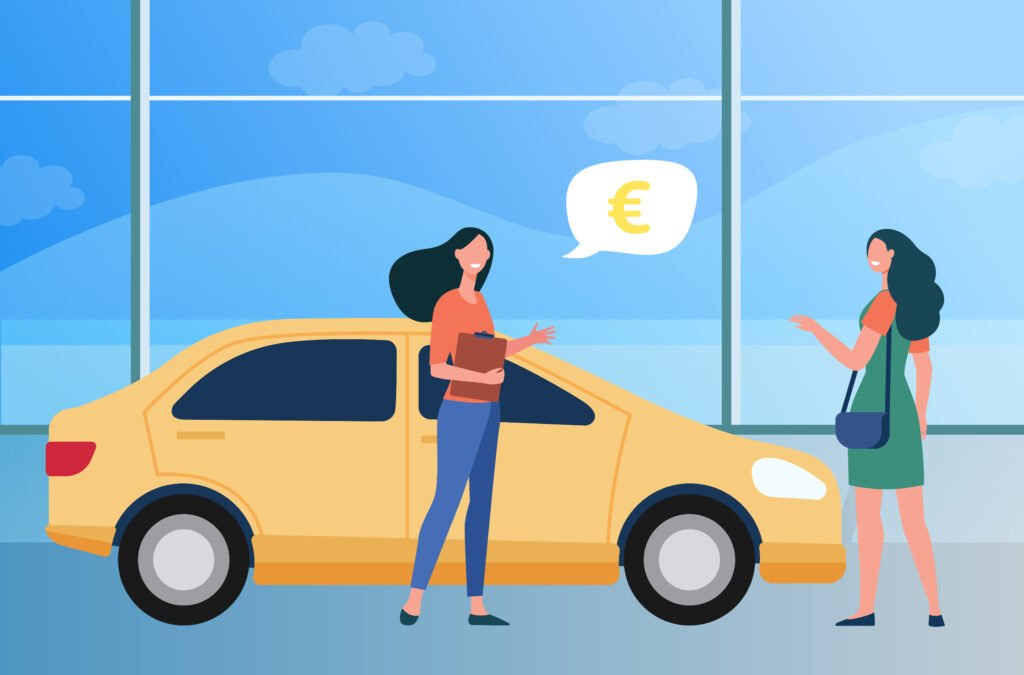
💰 MSRP vs. Out-the-Door Price: What You’re Really Paying
The Manufacturer’s Suggested Retail Price (MSRP) is just that—a suggestion. It’s often the number plastered on the windshield or online listing, but it’s far from the full cost. The real number that matters is the out-the-door price, which includes:
- Sales tax
- Registration and title fees
- Dealer documentation fees
- Add-ons (some optional, some sneakily included)
Pro Tip: Always ask the dealer to give you the “out-the-door” price in writing. This is the true cost you’ll pay, and it’s what you should compare across multiple dealerships.
🕵️♂️ Why Dealerships Don’t Want You to Know the Invoice Price
The invoice price is what the dealer paid for the car from the manufacturer—at least on paper. Knowing this gives you a major edge in negotiations. But here’s the catch: dealerships often get holdbacks and incentives from manufacturers, which means they actually pay less than the invoice.
So, if a salesperson claims, “We’re only making $500 on this deal,” take it with a grain of salt. They might be making far more than they’re letting on.
How to Find the Invoice Price:
- Use car research sites like Edmunds, Kelley Blue Book, or CarsDirect
- Look up the exact trim, options, and region to get an accurate number
Bottom Line: The more you understand the true pricing layers—MSRP, invoice, and out-the-door—the better equipped you are to push for a fair deal.
Mindset Shift: Don’t Fall in Love Too Fast
One of the biggest mistakes car buyers make? Getting emotionally attached before the paperwork even starts. Falling in love too quickly can cloud your judgment—and cost you thousands.
❤️ How Emotions Lead to Bad Deals
Dealerships are masters at creating an experience that gets your emotions involved. The new car smell. The shine. The way it feels during the test drive. It’s designed to make you think: I need this car today.
But when emotions take over:
- You’re more likely to ignore your budget.
- You’ll accept higher interest rates or unnecessary add-ons.
- You’ll feel pressure to close the deal now instead of walking away.
Tip: Never buy a car on the same day you test drive it. Take 24 hours to think it through with a clear head.
📊 Treat It Like a Business Transaction, Not a Dream Purchase
The best car buyers walk in with one mindset: This is a negotiation, not a romance.
- Set a hard budget and stick to it.
- Focus on the numbers, not the color, trim, or touch screen.
- Be willing to walk away—there are always other cars.
Think like a businessperson:
- Would you overpay for a laptop just because it’s shiny?
- Would you buy stock without knowing the real value?
Your future self will thank you for being strategic instead of sentimental.
Master the Financing Game
Financing isn’t just a formality—it’s one of the dealership’s biggest profit centers. If you walk in unprepared, you could easily overpay by thousands over the life of the loan. But with a smart strategy, you can flip the power dynamic in your favor.
✅ Why Pre-Approval Can Save You Thousands
Before stepping foot on a lot, get pre-approved for an auto loan through your bank, credit union, or an online lender. Why?
- It sets a firm budget (dealers can’t upsell you).
- It gives you a clear interest rate to compare against.
- It forces the dealership to beat the rate—or lose the financing deal.
Bonus Tip: Credit unions often offer better rates than big banks, especially for used cars.
🧨 Dealership Financing Tricks to Watch Out For
Even if a dealership says “0% interest” or “no money down,” read the fine print. Common traps include:
- Extended loan terms: Lower monthly payments sound nice—but cost you more in total interest.
- Bundled add-ons: They’ll wrap in warranties, GAP insurance, or paint protection into the loan quietly.
- “Yo-yo financing”: You think you’re approved, take the car home, and get a call days later saying “your financing fell through.” Now you’re stuck negotiating from a weaker position.
Rule of Thumb: Always separate the car price, financing, and trade-in during negotiations. Dealers love to blur the lines.
💼 Cash Buyer? Use That as Leverage—Not a Starting Point
Paying cash seems like a power move—and it can be—but don’t lead with it. Why?
Dealers make money from financing. If they know you’re not financing, they may be less willing to negotiate on price.
What to Do Instead:
- Negotiate the lowest price first as if you’re financing.
- Once the price is locked in, then tell them you’ll pay in cash.
- If they try to raise the price or add fees, walk away.
Fees, Add-Ons & “Extras”: What to Decline
You’ve negotiated the price… but you’re not done yet. The finance office is where many buyers unknowingly lose money—fast. Dealerships often pad your contract with “extras” that sound helpful but usually aren’t worth it.
💸 Common Hidden Fees That Inflate Your Final Cost
Even after agreeing on a price, your final bill can include:
- Dealer documentation fees (can range from $200 to over $600)
- Advertising fees (the dealership charging you for their own marketing)
- Prep fees or delivery fees (for washing or “readying” a car that’s already ready)
- VIN etching, theft protection, or paint sealants—which you didn’t ask for
How to respond:
“Please remove this. I didn’t request it, and I won’t pay for it.”
If they insist it’s required, ask for it in writing and call their bluff. Most of the time, it’s not.
❌ Add-Ons You Can (and Should) Decline
Here are the most commonly pushed “extras” and why they’re often a waste:
- Extended warranty: Usually overpriced and rarely used. If you really want one, shop third-party later.
- GAP insurance: Can be useful for new car buyers with small down payments—but it’s much cheaper through your insurer.
- Tire and wheel protection: Only worth it if you drive in pothole hell.
- Nitrogen in tires: Pure gimmick. Air is free and works just fine.
- Fabric or paint protection: Usually just a wax job with a fancy name.
Golden Rule: If it sounds like something you wouldn’t pay for on your own, don’t pay for it now.
The Art of Negotiation
Car dealers negotiate every day. Most buyers? Once every few years. That imbalance can cost you thousands—unless you know how to play the game. The good news: you don’t need to be a master negotiator, just strategic and firm.
🔑 Why “Out-the-Door Price” Is the Only Number That Matters
Salespeople love to throw around low monthly payments or “special pricing,” but those numbers are often incomplete or misleading.
Here’s what to do:
- Always ask: “What’s the out-the-door price, including all fees, taxes, and extras?”
- Insist on seeing a written breakdown.
- Don’t move forward until you know exactly what you’re paying.
Pro Tip: Monthly payments can be manipulated by extending the loan term. Focus on total cost, not just the monthly bite.
🗣️ Proven Phrases That Get Salespeople to Drop the Price
Sometimes it’s not what you say—it’s how you say it. Try these:
- “I’ve got offers from two other dealerships—can you beat them?”
- “That’s higher than I’m willing to pay. What can you do to get closer to my budget?”
- “Let’s talk out-the-door pricing only. I’m not interested in games.”
- “I need to think it over.” (Even if you don’t, this puts pressure on them.)
Don’t worry about being too aggressive. You’re not being rude—you’re being smart.
🚪 Walk-Away Power: Your Strongest Tool
This is your ultimate leverage. When you’re willing to walk out the door:
- Salespeople suddenly “check with the manager” and come back with a better offer.
- The deal they “couldn’t do” becomes possible.
- You regain control of the negotiation.
Reminder: There are thousands of cars, and someone will give you a better deal. Don’t let the fear of missing out trap you into overpaying.
Timing Is Everything
When you buy a car matters almost as much as what you buy. Dealerships operate on tight monthly and quarterly sales goals—and knowing when to strike can save you serious cash
📅 Best Times of Year to Buy a Car
Here’s when dealers are most motivated to cut prices:
- End of the Month: Salespeople need to hit quotas. You’re more likely to get a better deal in the final 3–5 days of the month.
- End of the Quarter: March, June, September, and December often bring aggressive incentives to move inventory.
- End of the Year: November–December is prime time for discounts on current-year models as next-year versions arrive.
- Holiday Weekends: Memorial Day, Independence Day, and Labor Day often come with limited-time promotions.
Bonus Tip: If a dealer has last year’s model still sitting in the lot? You’re in a strong position to negotiate hard.
🕒 Why the End of the Month (or Quarter) Gives You an Edge
Car salespeople and managers usually have bonuses tied to their monthly targets. If they’re close to hitting a number—like 20 cars sold—they’ll take a thinner profit on your deal to make it happen.
That’s why deals magically get better:
- At closing time
- On the 28th–31st of the month
- Near quarter-end deadlines
Pro Strategy: Visit early in the month to test drive and compare. Then return at the end of the month to make your move.
Compare Like a Pro
The biggest advantage modern car buyers have? Information. You’re no longer limited to what one dealership tells you. With the right tools and tactics, you can turn online research into negotiating power—and avoid overpaying for the wrong car.
🧠 How to Use Online Listings to Your Advantage
Before stepping into any dealership, you should already know:
- What the car is selling for at multiple locations
- The average market price for the exact make, model, trim, and year
- What incentives or rebates are being offered regionally
Use sites like:
- Edmunds (for True Market Value pricing)
- Kelley Blue Book (to check fair price ranges)
- CarGurus, Autotrader, Cars.com (to compare real dealer listings)
Pro Tip: Call or message 2–3 dealerships and get their out-the-door quotes. Then use those quotes against each other to drive the price down.
🚘 Test Drive Tips: Don’t Just Drive—Diagnose
The test drive is your opportunity to do more than just “see how it feels.”
Use this checklist:
- Cold start: Listen for unusual engine noises.
- Low-speed and highway driving: Check brakes, suspension, and acceleration.
- Tech test: Try all features—Bluetooth, AC, touchscreen, backup camera.
- Visual inspection: Look for scratches, wear, or signs of previous damage.
If it’s a used car, ask for a vehicle history report (Carfax or AutoCheck). Even better—get an independent mechanic to inspect it before committing.
Bottom Line: Don’t fall in love until the numbers make sense and the car passes your personal inspection.
Trade-In Tactics That Work
If you’re trading in your old vehicle, it can either save you money or become a silent profit center for the dealer—depending on how you handle it. Treat it like a separate negotiation, and you’ll come out ahead.
🚗 Get Multiple Offers Before You Step Into the Dealership
The biggest mistake? Walking into a dealership without knowing your trade-in’s real value.
Here’s how to avoid that:
- Use instant appraisal tools on sites like CarMax, Carvana, Kelley Blue Book, and Edmunds.
- Visit a few local used car lots for in-person quotes.
- Bring printed or emailed offers with you to the dealership.
Why this works: You create competition. If the dealer lowballs you, you already have better offers in hand—and you can use them as leverage.
🕵️ Don’t Mention Your Trade-In Until the Deal Is Final
Dealers love to play the numbers game—lowering the price on the new car, but making it up by underpaying for your trade-in.
Best Practice:
- Negotiate the new car price first.
- Lock that number in writing.
- Then bring up your trade-in and negotiate it separately.
This approach protects you from “shell game” pricing and ensures you’re getting a fair deal on both ends.
Final Tip: If the offer feels low, you don’t have to trade it in. Selling it privately or to an online car buyer might earn you more cash.
Read Also: Is a Rainy Day Fund Still Relevant? What Expert Say


